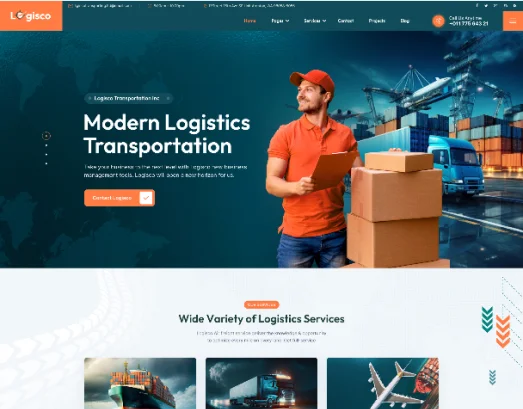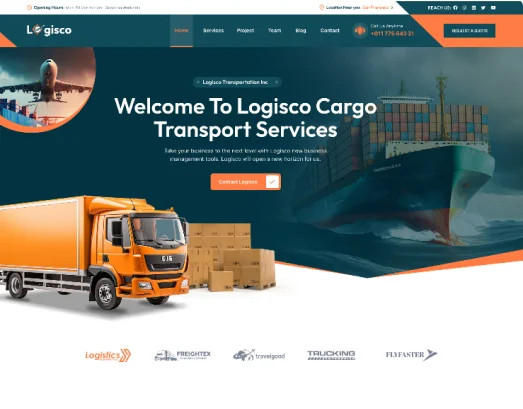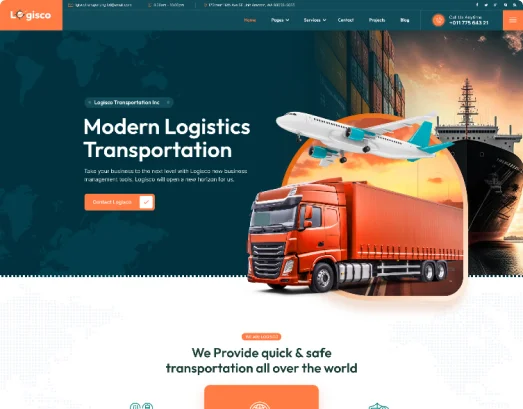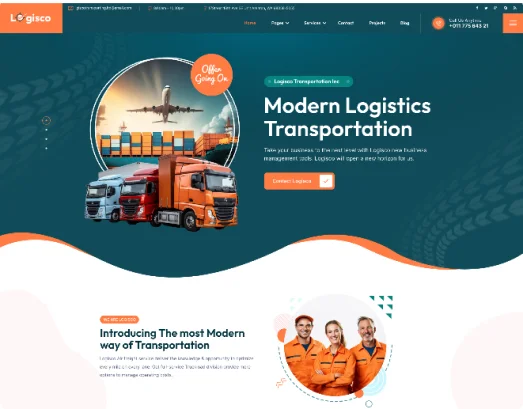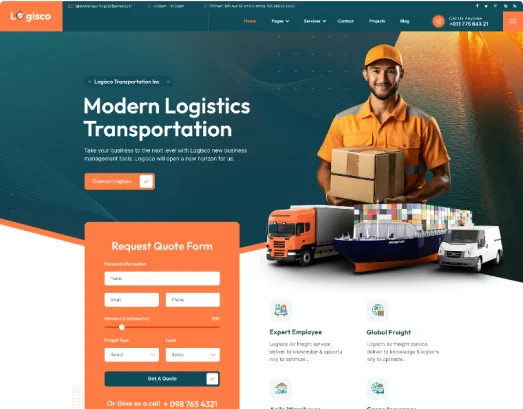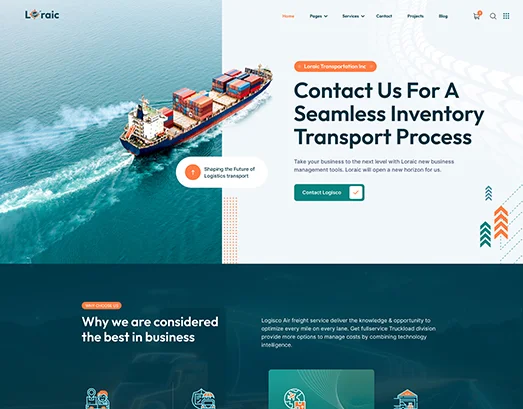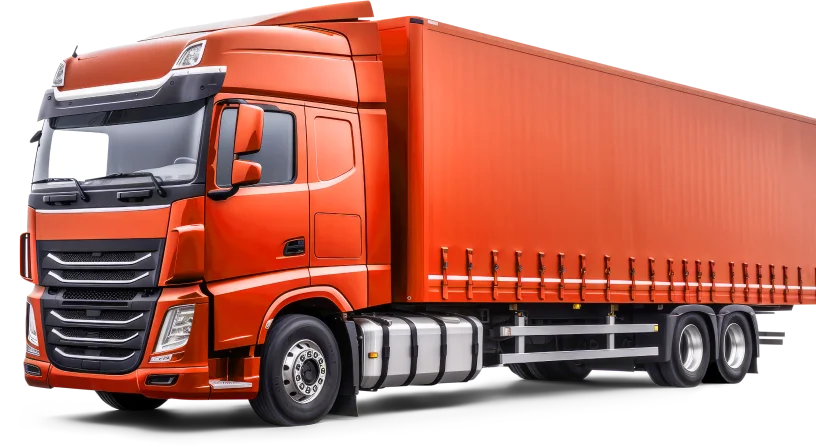Agile Warehousing Facility: The Future of Flexible Supply Chain Management
In today’s fast-paced, competitive marketplace, businesses need warehousing solutions that can adapt quickly to changing consumer demands, fluctuating inventory levels, and evolving supply chain dynamics. This is where Agile Warehousing Facilities come into play. Agile warehousing goes beyond traditional storage and focuses on flexibility, speed, scalability, and efficiency, making it an essential part of modern logistics and e-commerce strategies.
In this article, we will explore what an agile warehousing facility is, its key benefits, core features, and how it transforms supply chain management.
What is an Agile Warehousing Facility?
An Agile Warehousing Facility is a highly adaptable and technology-driven storage solution designed to accommodate rapid changes in inventory and distribution needs. Unlike conventional warehouses, which operate on rigid structures, agile warehousing emphasizes scalability, responsiveness, and operational flexibility.
This means businesses can quickly scale storage capacity up or down, integrate new technologies, and optimize distribution networks without major disruptions.
Why Agile Warehousing is Important
The global economy and consumer habits are shifting rapidly due to:
-
E-commerce growth
-
Unpredictable market demand
-
Seasonal sales spikes
-
Disruptions like pandemics or natural disasters
Traditional warehousing models are often too rigid to handle these fluctuations. Agile warehousing provides the speed and adaptability required for businesses to remain competitive.
Key Features of Agile Warehousing Facilities
To understand why agile warehousing is so effective, let’s look at its core components:
1. Flexible Storage Solutions
Agile warehouses offer modular racking systems, automated storage and retrieval systems (AS/RS), and customizable layouts, allowing businesses to modify storage space based on demand.
2. Advanced Technology Integration
Agile facilities leverage:
-
Warehouse Management Systems (WMS)
-
AI-driven analytics
-
Robotics and automation
-
IoT-enabled tracking
This ensures real-time visibility, efficient inventory control, and optimized workflows.
3. On-Demand Scalability
Businesses can expand or reduce warehousing capacity quickly to handle seasonal peaks, new product launches, or unexpected demand surges.
4. Strategic Location
Agile warehouses are often located close to urban centers or transportation hubs for faster last-mile delivery.
5. Value-Added Services
These facilities often include packaging, labeling, returns processing, and light assembly services, streamlining the supply chain.
Benefits of Agile Warehousing Facilities
1. Faster Order Fulfillment
Quick adaptability means businesses can deliver products to customers faster, enhancing customer satisfaction and loyalty.
2. Cost Efficiency
Instead of investing in fixed, large-scale warehouses, companies can use on-demand agile facilities, reducing overhead costs.
3. Risk Mitigation
Agility allows companies to pivot quickly during market disruptions, minimizing losses and delays.
4. Sustainability
By optimizing space and resources, agile warehousing reduces waste and promotes eco-friendly supply chain practices.
5. Improved Supply Chain Resilience
Agile systems are designed to handle uncertainty and volatility, ensuring continuity of operations.
Industries That Benefit from Agile Warehousing
-
E-commerce and Retail: Seasonal and promotional demand
-
Pharmaceuticals: Sensitive product storage and fast delivery
-
Automotive: Just-in-time inventory management
-
Food & Beverage: Perishable goods handling
-
Manufacturing: Component storage for assembly lines
How to Implement an Agile Warehousing Strategy
Step 1: Assess Your Current Supply Chain Needs
Identify demand patterns, seasonal trends, and areas needing flexibility.
Step 2: Choose the Right Facility
Select a strategically located warehouse with advanced technological capabilities.
Step 3: Integrate Technology
Adopt WMS, IoT tracking, and AI-powered analytics for real-time operations.
Step 4: Train Workforce
Ensure employees understand agile practices and technology tools.
Step 5: Monitor and Optimize
Regularly analyze data and adjust strategies for continuous improvement.
Future of Agile Warehousing
The future of warehousing is hyper-connected, automated, and on-demand. Agile facilities will integrate:
-
AI-driven predictive analytics
-
Autonomous robots
-
Blockchain for transparency
-
Green energy solutions
Businesses that adopt agile warehousing today will be better positioned to thrive in the future.

